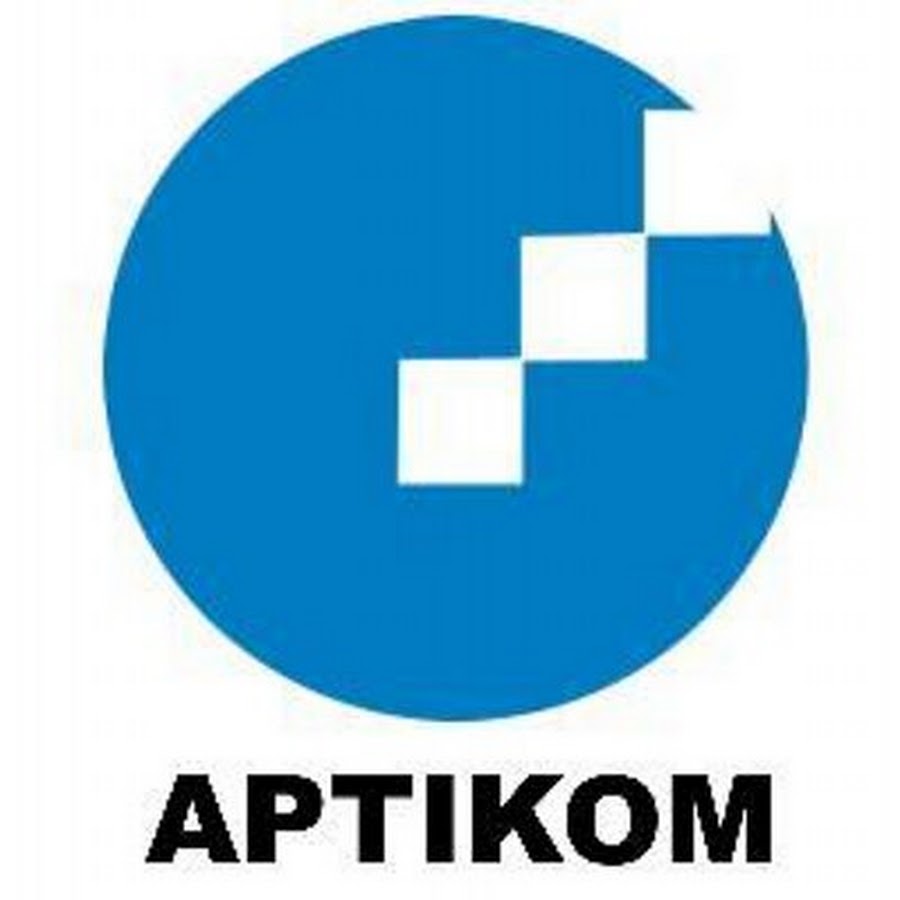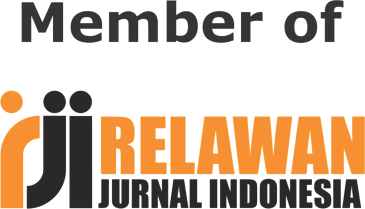Implementation of The Open Group Architecture Framework to See the Readiness of Smart Schools in Pekanbaru
DOI:
https://doi.org/10.31849/digitalzone.v14i2.14916Keywords:
TOGAF, Junior High School 17 Pekanbaru, Architecture Enterprise, Blueprint IT, TechnologyAbstract
Smart Schools are a derivative of smart people in the 6 pillars of Smart City. Smart Schools is also a school concept utilizing information technology used in the teaching and learning process in the classroom and school administration. One of the schools in Pekanbaru City that will implement smart schools is Junior High School 17 Pekanbaru. Currently, the school already has several infrastructures including servers, laboratories, and administrative rooms, but it is necessary to analyze the technology architecture aimed at implementing Smart Schools. The technological architecture would be analyzed using TOGAF (The Open Group Architecture Framework) Framework version 9. The TOGAF framework is a framework for enterprise architecture which is able to develop an enterprise architecture in an organization. Enterprise architecture is an explicit explanation and current documentation of the relationship between management, business processes, and information technology. This research describes the current architectural conditions and target architectures to include the rules, standards, and lifecycle of information systems to optimize and maintain the environment of organizations that want to create and maintain by managing the IT portfolios. The results of this study are to produce an IT blueprint that is used as a school guide in implementing technology architecture to support the implementation of Smart Schools in Pekanbaru City.
References
N. K. Ahmad, “Tantangan Aplikasi Sekolah Pintar Di Kawasan Timur Indonesia,” Inter Komunika: Jurnal Komunikasi, vol. 4, no. 1, p. 44, 2019, http://dx.doi.org/10.33376/ik.v4i1.290.
H. N. Le and P. T. Bui, “Digitalized management of education and smart school libraries,” Vietnam Journal of Education, vol. 4, no. 1, pp. 76–82, 2020, http://dx.doi.org/10.52296/vje.2020.11.
Pekanbaru, “Wali Kota Pekanbaru Launching Kartu Smart Madani dan KIA di SMPN 4 Pekanbaru,” www.pekanbaru.go.id/. Accessed: Dec. 20, 2021. [Online]. Available: https://www.pekanbaru.go.id/p/news/wali-kota-pekanbaru-launching-kartu-smart-madani-dan-kia-di-smpn-4-pekanbaru
Diskominfo Pekanbaru, “SMPN 17 Dinobatkan Sebagai Sekolah Ramah Anak,” www.pekanbaru.go.id. Accessed: Apr. 28, 2023. [Online]. Available: https://www.pekanbaru.go.id/p/news/smpn-17-dinobatkan-sebagai-sekolah-ramah-anak
T. Wahyuni, S. F. Rodiansyah, and A. A. Munandar, “Analisis Arsitektur Teknologi Informasi Pada Smk Negeri 1 Majalengka Menggunakan Framework Togaf,” Computatio: Journal of Computer Science and Information Systems, vol. 1, no. 1, pp. 68–80, 2017, http://dx.doi.org/10.24912/computatio.v1i1.242.
R. Setiawan, “Perancangan Arsitektur Enterprise Untuk Perguruan Tinggi Swasta Menggunakan Togaf Adm,” Jurnal Algoritma, vol. 12, no. 2, pp. 548–561, 2016, http://dx.doi.org/10.33364/algoritma/v.12-2.548.
M. A. Saputra and Soedjarwo, “Implementasi Sistem Informasi Manajemen Berbasis Aplikasi Mobile Pada Jenjang Sma,” Jurnal Inspirasi Manajemen Pendidikan, vol. 9, no. 2, pp. 361–376, 2021.
S. Bondar, J. C. Hsu, A. Pfouga, and J. Stjepandić, “Agile digital transformation of System-of-Systems architecture models using Zachman framework,” J Ind Inf Integr, vol. 7, pp. 33–43, 2017, http://dx.doi.org/10.1016/j.jii.2017.03.001.
M. K. Anam, T. Nasution, S. Erlinda, L. Efrizoni, and Susanti, “The Analysis and Optimization of Business Processes for Students in Higher Education Based on Togaf 9 . 2,” Scientific Journal of Informatics, vol. 8, no. 2, pp. 230–243, 2021, http://dx.doi.org/10.15294/sji.v8i1.29952.
J. Wichmann, K. Sandkuhl, N. Shilov, A. Smirnov, F. Timm, and M. Wißotzki, “Enterprise Architecture Frameworks as Support for Implementation of Regulations: Approach and Experiences from GDPR,” Complex Systems Informatics and Modeling Quarterly, no. 24, pp. 31–48, 2020, http://dx.doi.org/10.7250/csimq.2020-24.03.http://dx.doi.org/10.7250/csimq.2020-24.03.
S. Kotusev, “Enterprise architecture and enterprise architecture artifacts: Questioning the old concept in light of new findings,” Journal of Information Technology, vol. 34, no. 2, pp. 102–128, 2019, http://dx.doi.org/10.1177/0268396218816273.
Holilah, A. S. Girsang, and M. H. Saragih, “Designing IT blue print academic system on higher education with Togaf,” Advances in Science, Technology and Engineering Systems, vol. 4, no. 2, pp. 244–250, 2019, http://dx.doi.org/10.25046/aj040232.
A. Fitriansyah, Sukamto, and Elfizar, “Perencanaan Arsitektur Teknologi Informasi Menggunakan TOGAF Framework (Studi Kasus: Bagian Pelayanan pada Mahasiswa FMIPA Universitas Riau),” Jurnal Politeknik Caltex Riau, vol. 3, no. 2, pp. 149–158, 2017.
U. J. Farida, “Percepatan Pembangunan Infrastruktur Teknologi Informasi Dan Penguatan Penyelenggara Ad Hoc Untuk Pemilu Serentak 2024,” Electoral Governance Jurnal Tata kelola Pemilu Indonesia, vol. 3, no. 2, pp. 207–231, 2022, http://dx.doi.org/10.46874/tkp.v3i2.654.
D. N. Murti, Y. A. Prasetyo, and A. A. N. Fajrillah, “Perancangan Enterprise Architecture Pada Fungsi Sumber Daya Manusia (SDM) Di Universitas Telkom Menggunakan Togaf ADM,” Jurnal Rekayasa Sistem & Industri (JRSI), vol. 4, no. 01, p. 47, 2017, http://dx.doi.org/10.25124/jrsi.v4i01.233.
T. Gantini, A. Adelia, D. T. Yulianti, J. Yeremia, and N. R. Dorojatun, “Analisis Arsitektur Bisnis Sistem Penerimaan Mahasiswa Baru dan Akademik,” Jurnal Teknik Informatika dan Sistem Informasi, vol. 6, no. 3, pp. 607–620, 2020, http://dx.doi.org/10.28932/jutisi.v6i3.3115.
A. G. Tuwondila et al., “Perencanaan Strategis SI/ TI Pemerintahan Menggunakan the Open Group Architecture Framework (TOGAF),” Seminar Nasional Sistem Informasi Indonesia, no. November, pp. 1–6, 2018.
Y. Prasetyo, “Perencanaan Arsitektur Enterprise Smart School Menggunakan Togaf: Studi Kasus SMK Negeri 13 Bandung,” Jurnal Ilmiah Ilmu Terapan Universitas Jambi P-ISSN, vol. 5, 2021, http://dx.doi.org/10.22437/jiituj.v5i1.12885.
A. A. A. Karim and I. Ali, “Perancangan Arsitektur Enterprise Perguruan Tinggi Menggunakan Togaf Adm (Studi Kasus Universitas Bumi Hijrah Maluku Utara),” Jurnal Ilmu komputer dan Bisnis, vol. 12, no. 2, pp. 59–73, 2021, http://dx.doi.org/10.47927/jikb.v12i2a.169.
H. Santoso, A. Rasidi, and M. R. Arif, “Perencanaan Arsitektur Enterpise Sistem Informasi Untuk Perguruan Tinggi Dengan Zachman Framework,” RESEARCH: Computer, Information System & Technology Management, vol. 1, no. 2, p. 32, 2018, http://dx.doi.org/10.25273/research.v1i02.3350.
Indonesia, Permendikbud No 14 Tahun 2018 Tentang Penerimaan Peserta Didik Baru Pada Taman Kanak-Kanak, Sekolah Dasar, Sekolah Menengah Pertama, Sekolah Menengah Atas, Sekolah Menengah Kejuruan, atau Bentuk Lain yang Sederajat. 2018.
KEMENDIKBUD, “Sistem zonasi,” Jakarta, 2018.
Martono, “Perancangan Dan Pembuatan Sistem Electronic Absensi (E-Absensi) Mahasiswa/I Berbasis Website (Studi Kasus Stikom Dinamika Bangsa Jambi),” jurnal ilmiah media SISFO, vol. 10, no. 2, pp. 523–536, 2016.
M. K. Anam and R. Anwar, “Penerapan Aplikasi Pendukung Touring Pada Komunitas Motor Berbasis Android,” Edumatic: Jurnal Pendidikan Informatika, vol. 4, no. 1, pp. 1–10, 2020, http://dx.doi.org/10.29408/edumatic.v4i1.1980.
Much. F. Saifuddin, “E-Learning dalam Persepsi Mahasiswa,” Jurnal VARIDIKA, vol. 29, no. 2, pp. 102–109, 2018, http://dx.doi.org/10.23917/varidika.v29i2.5637.
A. Mulyana and H. Wijaya, “Perancangan E-Payment System pada E-Wallet Menggunakan Kode QR Berbasis Android,” Komputika : Jurnal Sistem Komputer, vol. 7, no. 2, pp. 63–69, 2018, http://dx.doi.org/10.34010/komputika.v7i2.1511.









